Sustainability Explained: 7 Things You Need To Know
By: NELSON Worldwide
Building and designing sustainable spaces has always been important, but as we become a self-aware society, driving sustainability by way of green building practices far exceeds the boundaries of the building envelope. For the design industry, sustainability considers the project space, surrounding communities from which we source materials, and the eco-system that operates within an environment. In recent years, sustainability has become more than just a “good practice” but a way for organizations to differentiate themselves and make a positive impact on the world.
At NELSON Worldwide, we understand that architecture and design have a unique ability, and responsibility to promote environmental stewardship. Keep reading to better understand key themes we see in the sustainable solutions of today – and the future:
1. WELLbeing
Due to the ever-growing need for sustainable solutions, architects and designers are pursuing certifications in LEED and WELL. While both have been around for quite some time, no sustainability list is complete without mentioning these table stakes. For the workplace, WELL design is one of the fastest-growing certifications and is built and optimized to advance human health and well-being. Taking every interaction an individual can have within a space into consideration, this certification covers 10 core concepts of design considerations related to health and hundreds of standards that revolutionize the design approach. At NELSON Worldwide offices in Philadelphia, the guiding principles of WELL dictated low emitting finishes and furniture and diverse spaces the promote collaboration or support employee rest, yoga, meditation or simply a space to unwind.
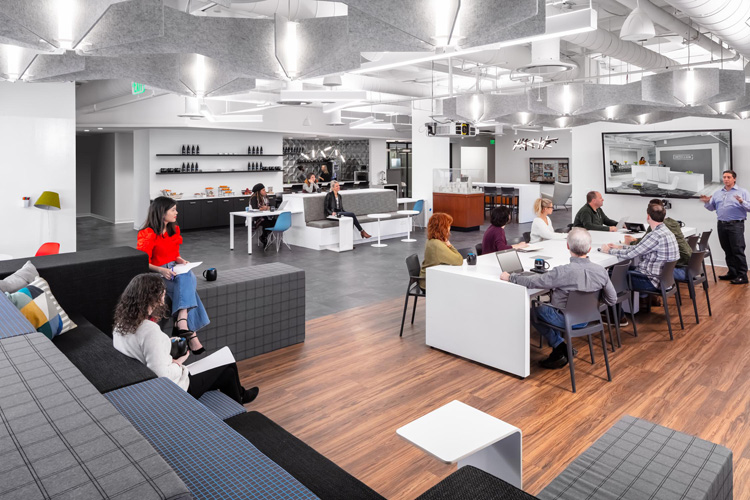
2. Natural Moments
Born from the years of bringing ‘the outdoors in’, the design industry is largely promoting biophilic design. While this does include the infamous living wall, the strategy goes much deeper to include any relationship a space can have with nature. Further, bringing living natural elements within promotes wellness through cleaning the air we breathe of particulates, reducing asthmatic responses, and increasing oxygen levels. The aesthetics of biophilic design also promotes mental wellness. From an outdoor patio to a table made from a tree trunk, there are many ways that biophilic design can be adopted. In many of today’s environments, you may notice patterns, finishes, textures, materials, and even lighting that are derived from or mimic nature. Combined, these elements promote eco-friendly, health-conscious elements that foster a more sustainable lifestyle. At Burwood Brickworks, a mixed-use development that will open by the end of 2019 in Australia, the core design philosophy focuses on a database of natural materials that are used in concepts like a rooftop farm and greenhouse cafes.
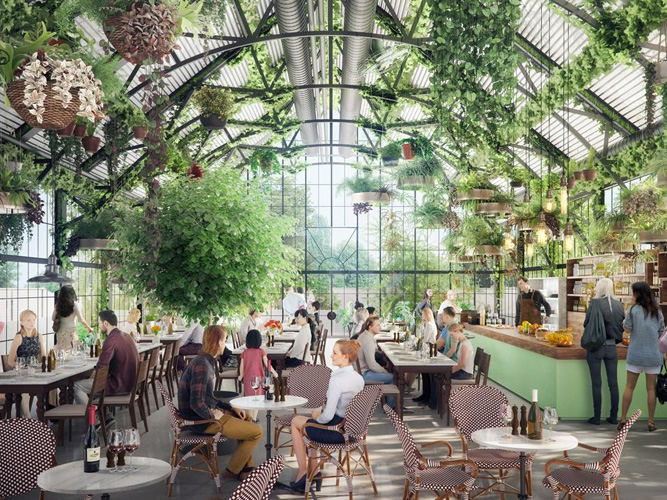

3. Biomimicracy
Similar but different to biophilic design, biomimicry is a concept that is inspired by the processes of nature that are around us every day and have been around since the beginning of time. In official terms, biomimicry refers to the design of products and materials that draw solutions from nature to enhance structural efficiency, energy supply, and more. Think about the natural insulation found inside cacti or a building inspired by the work of termites. As nature acts as a natural form of architecture, man-made buildings should be able to mimic these successful strategies.
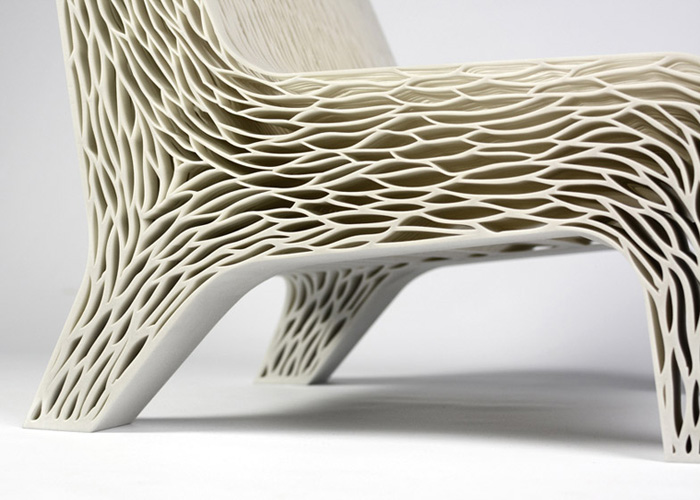
4. Becoming A Circular Economy
According to the Ellen Macarthur Foundation, a circular economy is one that is focused on growth and positive society-wide benefits. This concept most popularly includes decreasing the consumption of finite resources and eliminating waste. In three simple points, this includes:
-
- Designing out waste and pollution
- Keeping products and materials in use
- Regenerating natural systems
Researchers, architects, and designers from around the globe are teaming up to create basic building materials out of waste materials. In the UK, material consults at Local Works Studio have created a line of wall tiles made out of discarded oysters while coffee mogul, Starbucks, has started to use building bricks made of construction/demolition waste made by Dutch supplier Stonecylcing.
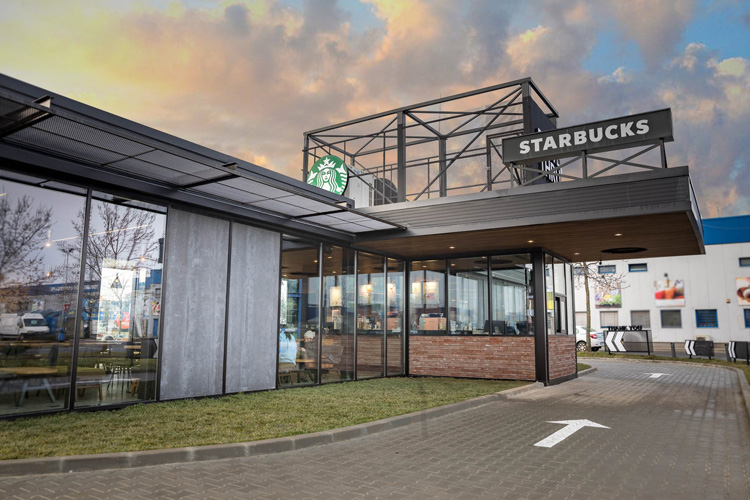
5. Smart Office
Although technology isn’t new to the workplace, embracing advanced technology like artificial intelligence and facility management systems can make a space more sustainable. Offices with smart technology can optimize and control the usage of electricity and water, and monitor air quality. Smart technology can also cut confusion that may come with scheduling and communication tasks, to create a smooth and stress-free workflow. iOFFICE, one of the largest facility management and IWMS softwares on the market, has partnered with various organizations to provide office tech that capture metrics on a space’s energy use all the way down to an individual device.
6. Pre-fabricated Design
Environmentally conscious designers and architects are pioneering a variety of solutions in prefabricated or modular building elements to cut carbon footprint and construction times; traditional builds yield a variety of waste and air quality concerns associated with drywall and finishes and often take a lot of time to complete. These solutions have also proven to be more flexible making it easier to adjust to changes in light, ventilation, foot traffic, and even location. For example, Flying Nest a revolutionary hotel concept by French designer Ora-ito, is a modular structure that can move anywhere in the world. The hotel is currently being used by event organizers, festivals, and exhibits so that new builds are not needed for mobile groups/organizations.
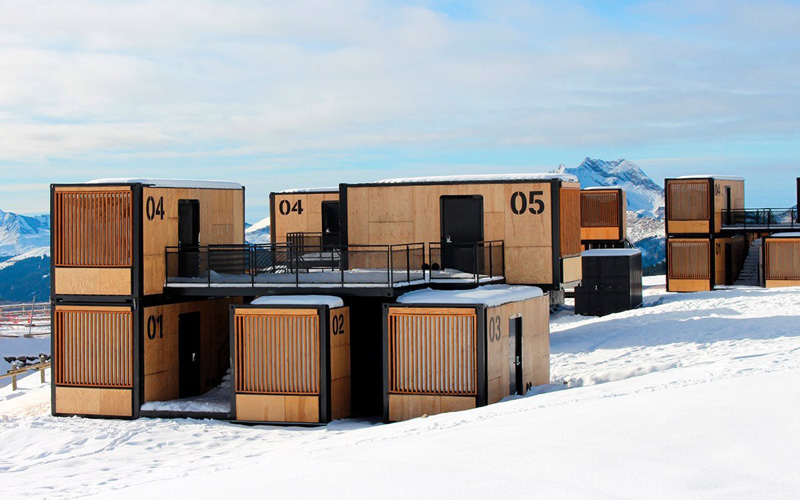
7. Resilient Design
According to the Resilient Design Institue, resilient design is the intentional design of buildings, landscapes, communities, and regions in response to its vulnerabilities. Relative to climate change, resilience involves adaptation to the wide range of regional and localized impacts that are expected with a warming planet. Using these strategies helps us to create buildings that last longer, and in turn, keep us from using valuable resources needed for new builds. In 2017, the Fishermens Community Hospital located in the Florida Keys was wiped out by Hurricane Irma. Today, NELSON Worldwide is using resilient design to rebuild the facility so that is can withstand even stronger tropical storms in the future.
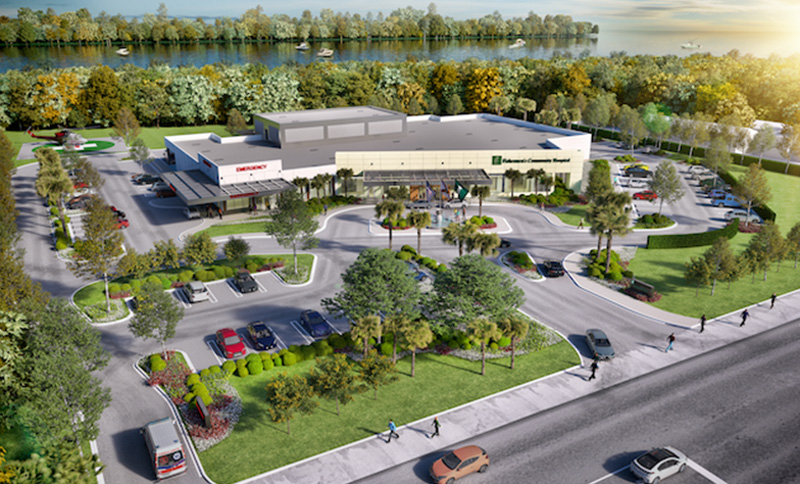

Let's Connect:
NELSON Worldwide,
NELSON Worldwide is an award-winning firm, unlocking value for clients through architecture, interior design, graphic design, and brand strategy. With more than 600 teammates across 20 offices, the firm’s collective network provides strategic and creative solutions that positively impact where people work, serve, play, and thrive. The team combines industry knowledge, service expertise, and geographic reach to deliver projects across the country and around the world. Client partnerships across the NELSON network include Hilton, Macy’s, Comcast, Simon Property Group, Prologis, Yum! Brands, Boston Consulting Group, T-Mobile, Emory Healthcare, SAP Fieldglass, Unibail-Rodamco-Westfield, Kroger, Hyatt, Bayer, Target, and many more.